Early Alert System In Higher Education
Early alert system in higher education. Students are poorly prepared for college coursework. Hanover works with institutions to look at which factors might be causing student attrition by surveying current and past students who have dropped out of classes. A natural disaster may cause a widespread.
The solution ranked highest to curb student attrition is an Early Alert System. Math Large classes of between 100 and 1000 have become common in higher education Smith et al 2005. Early alerts facilitate faculty members or advisors to identify at-risk students and share that information amongst student support staff in the campus.
And effective intervention strategies. Through this work AIR staff members help inform the predictive models for determining students risk predictions for key educational milestones such as high school graduation and postsecondary readiness. Early alert systems are used to make students aware of their current progress or standing and encourage them to alter their actions to be more successful.
And even when faculty know that the system can track behavioral issues they are often unsure which behaviors indicate risk. Simons A national study of student early alert models at fouryear institutions of higher education and Chappel ʹEarly alertʹ systems send students warnings advice in the Community College Times. Time limitations and student privacy concerns also inhibit early alert system adoption.
Written on February 16 2018. To address the problem of stop-outs and improve retention rates colleges and universities will put in place a process of proactive and intentional outreach to at-risk students to diagnose persistence roadblocks solve problems and set goals creating a positive plan for ongoing success. The system is designed to identify at-risk students and offer them timely support to bolster.
Alert Notification System Best Practices. Our Early Warning System compliments student attendance data with hundreds of other data-points to provide a real world analysis of student progress. Academic early alerts can be valuable tools in pursuit of improved student outcomes but should be viewed as only a single component of a much.
Hazardous weather may cause an event to be delayed or canceled. The study community college implemented an early alert system to identify students with potential course performance concerns but it is not known whether other student data might also predict academic.
Data Driven Innovation 2019.
And even when faculty know that the system can track behavioral issues they are often unsure which behaviors indicate risk. The first early-alert effort at the college which serves around 12000 students was built into the colleges existing student record system called Integrow and focused specifically on first-time college students and those in developmental-education courses. One popular way to identify students in academic difficulty is the use of an academic early alert system Lynch-Holmes Troy Ramos 2012. The early alert system is intended to flag at-risk students and provide them with support services prior to failure. A well strategized orchestrated and implemented Early Alert System should prevent students from slipping through the cracks by allowing for timely intervention. AWE is a purpose-built system based on a data warehouse that extracts student-related information from eight separate UNE systems and analyses this data against. The study community college implemented an early alert system to identify students with potential course performance concerns but it is not known whether other student data might also predict academic. The system is designed to identify at-risk students and offer them timely support to bolster. Through this work AIR staff members help inform the predictive models for determining students risk predictions for key educational milestones such as high school graduation and postsecondary readiness.
Written on February 16 2018. We then merged all early alert data with student demographic data from the Office of Institutional Research. Hanover works with institutions to look at which factors might be causing student attrition by surveying current and past students who have dropped out of classes. Written on February 16 2018. The distinction between EAP and EAS is that the EAP is a type of initiative that universities can undertake to promote early intervention and support of students whereas EAS refers to the actual IT programmes and algorithms used in identifying which students. SEAtS Early Warning Alerts trigger when it identifies potential issues early. Math Large classes of between 100 and 1000 have become common in higher education Smith et al 2005.
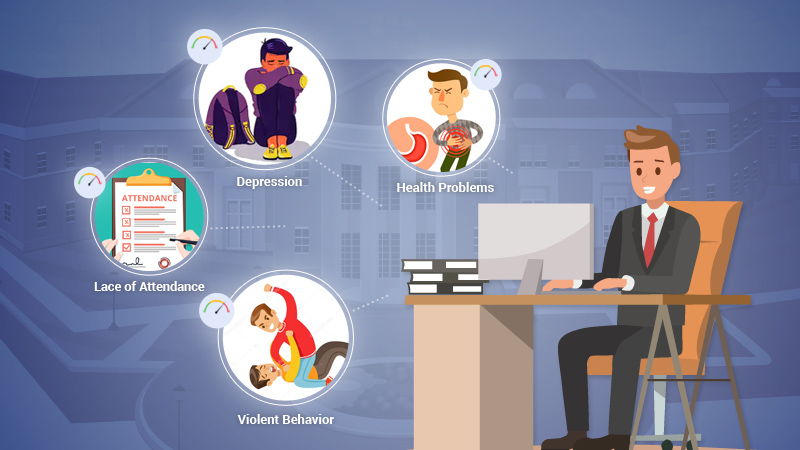
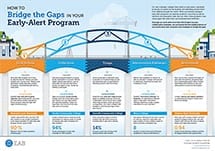


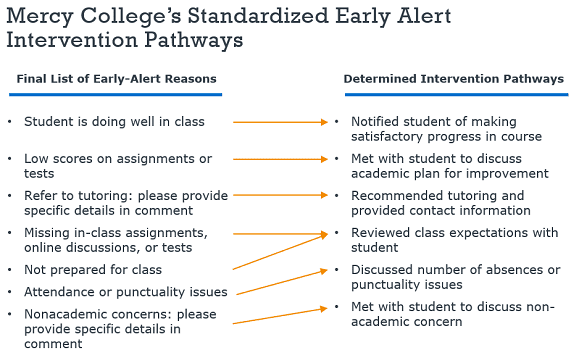





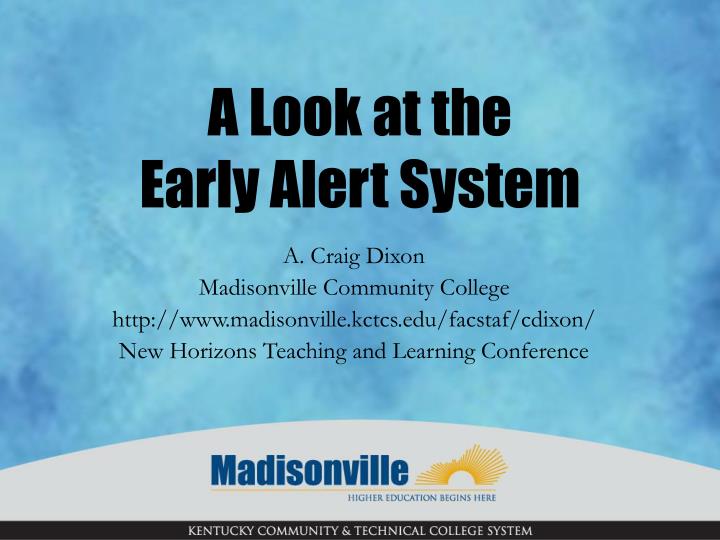


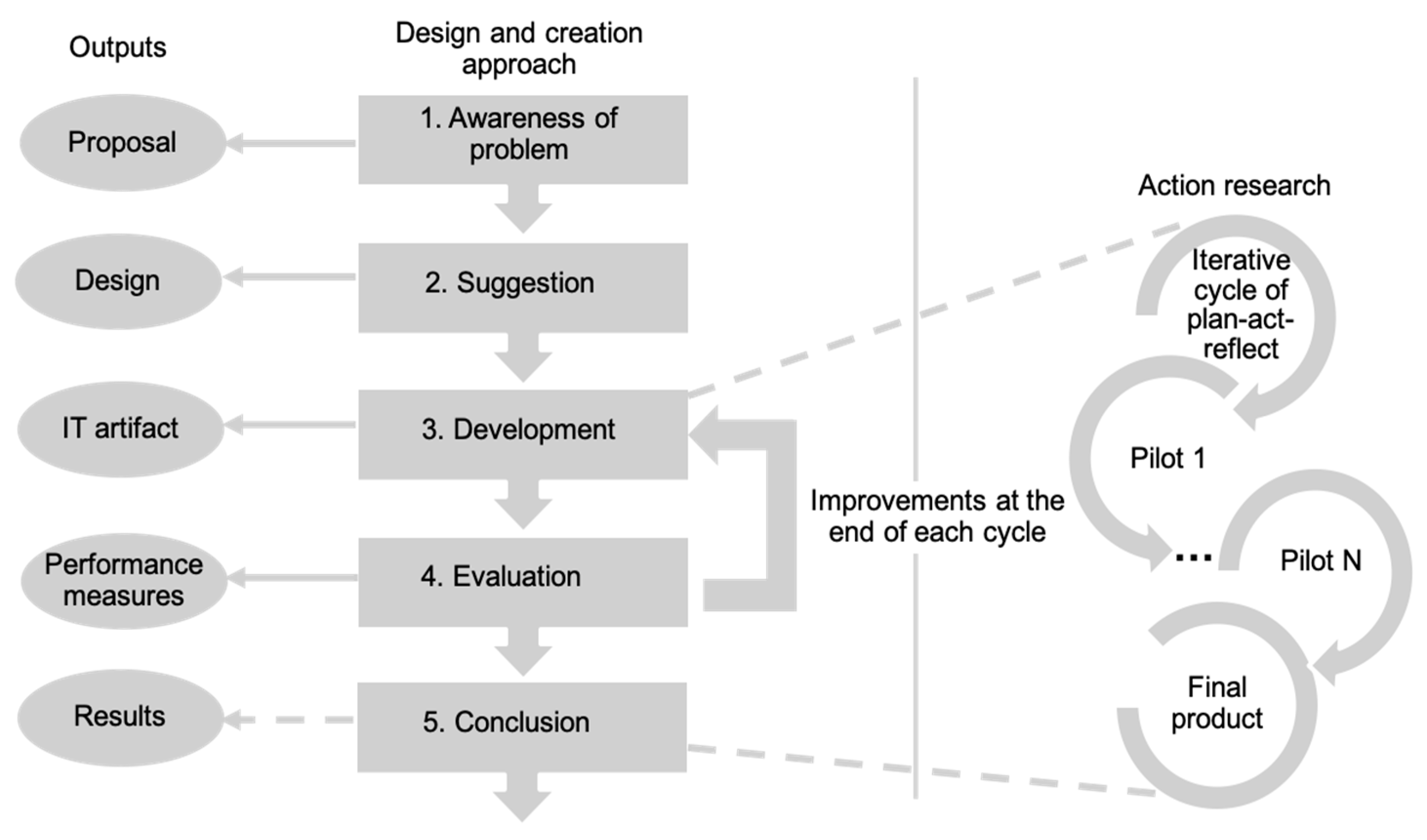
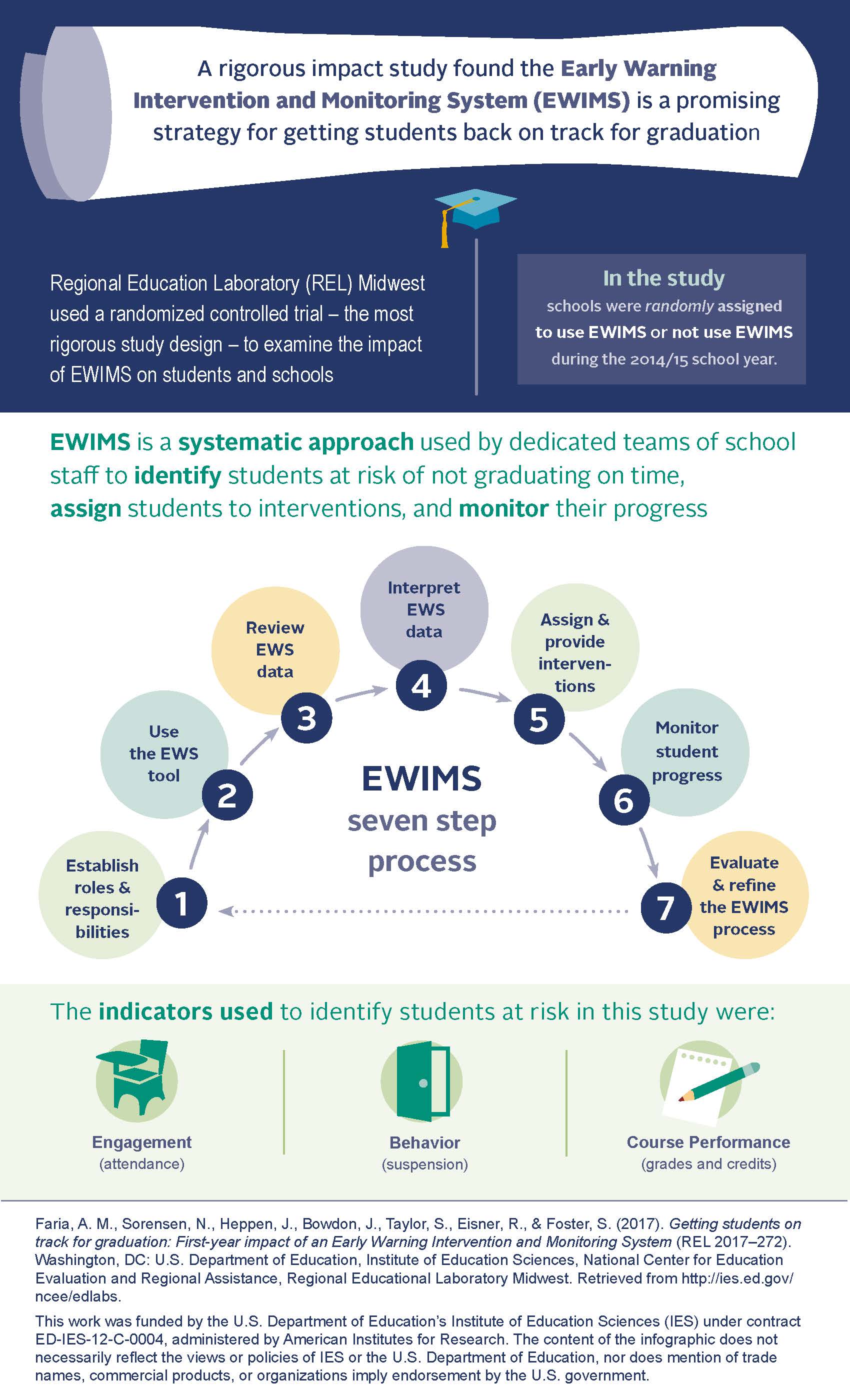
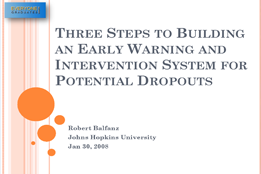

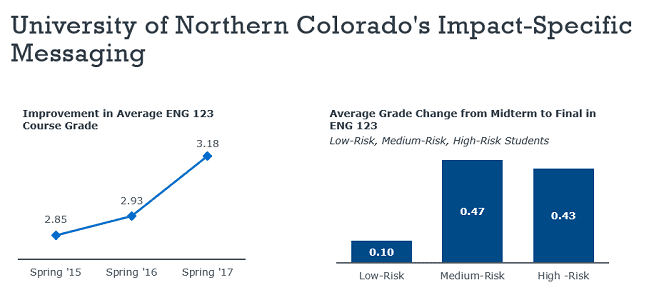













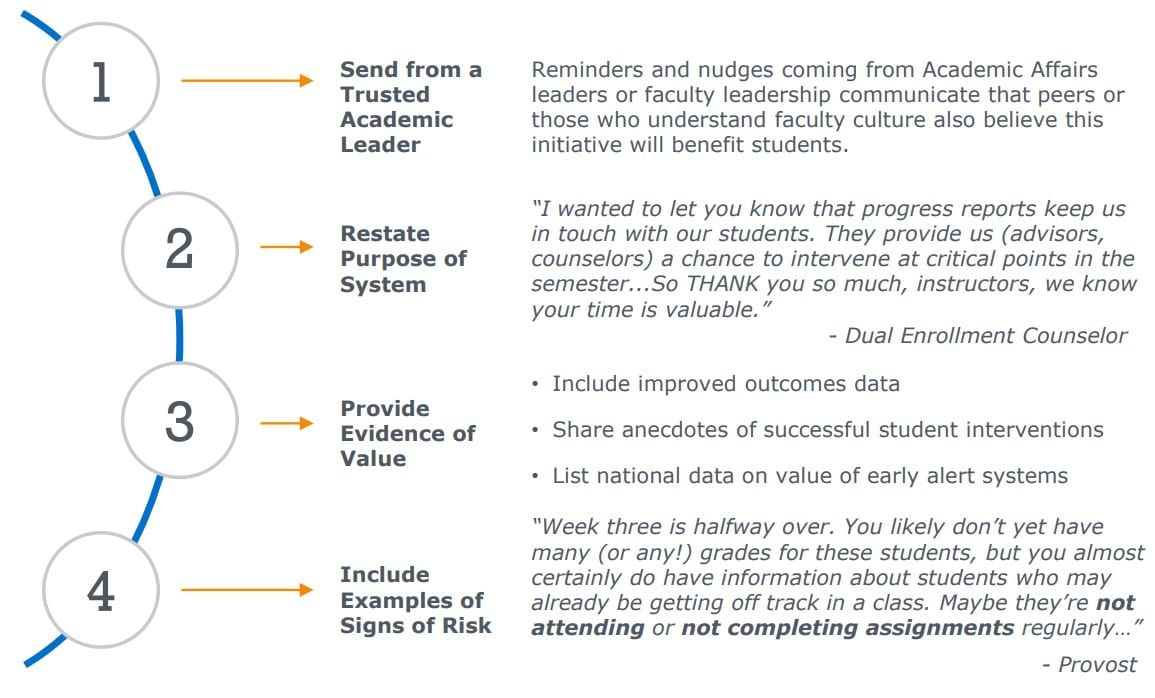

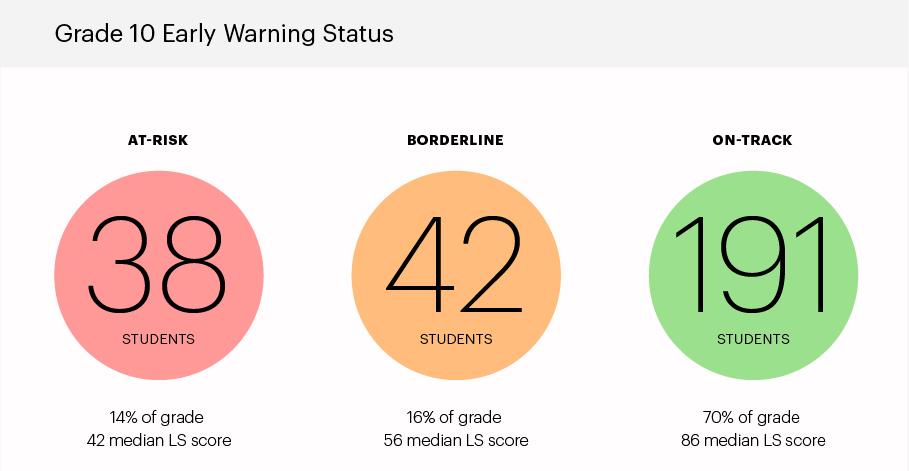



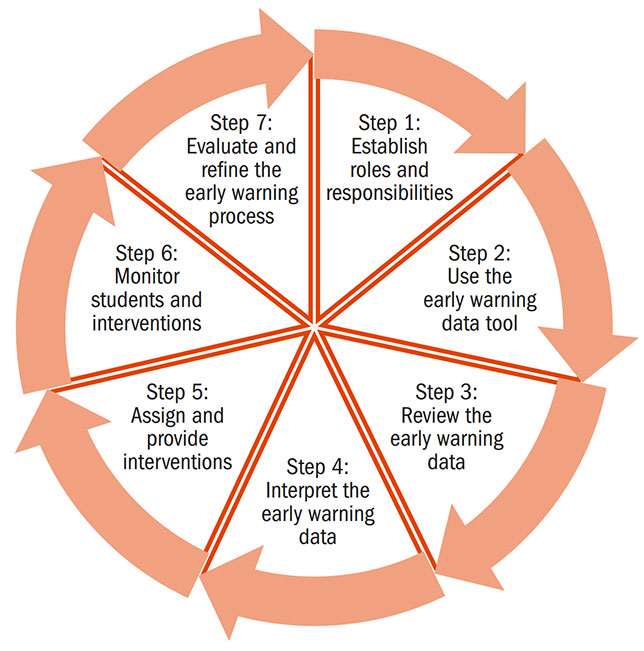
Post a Comment for "Early Alert System In Higher Education"